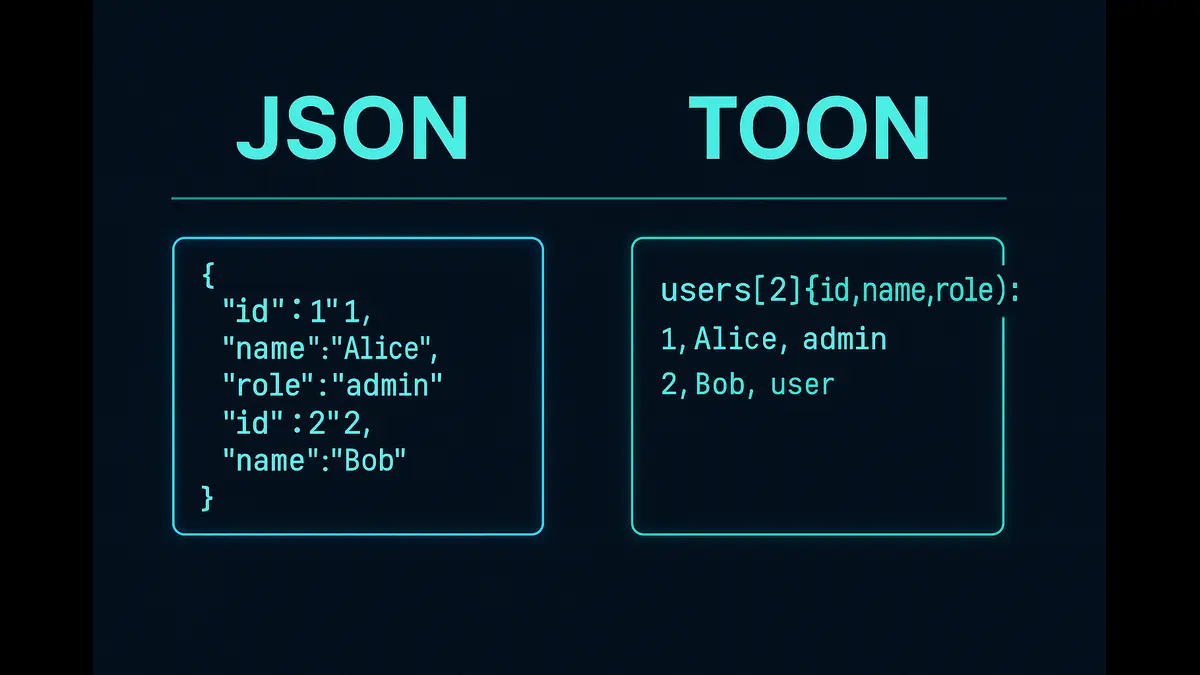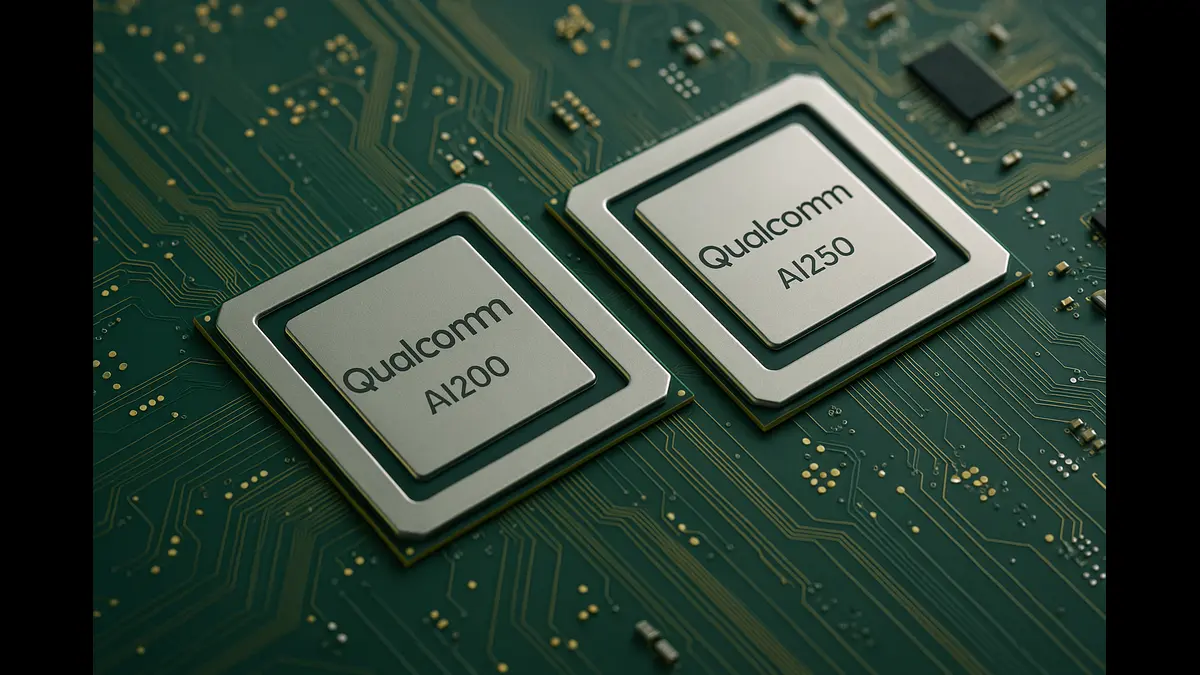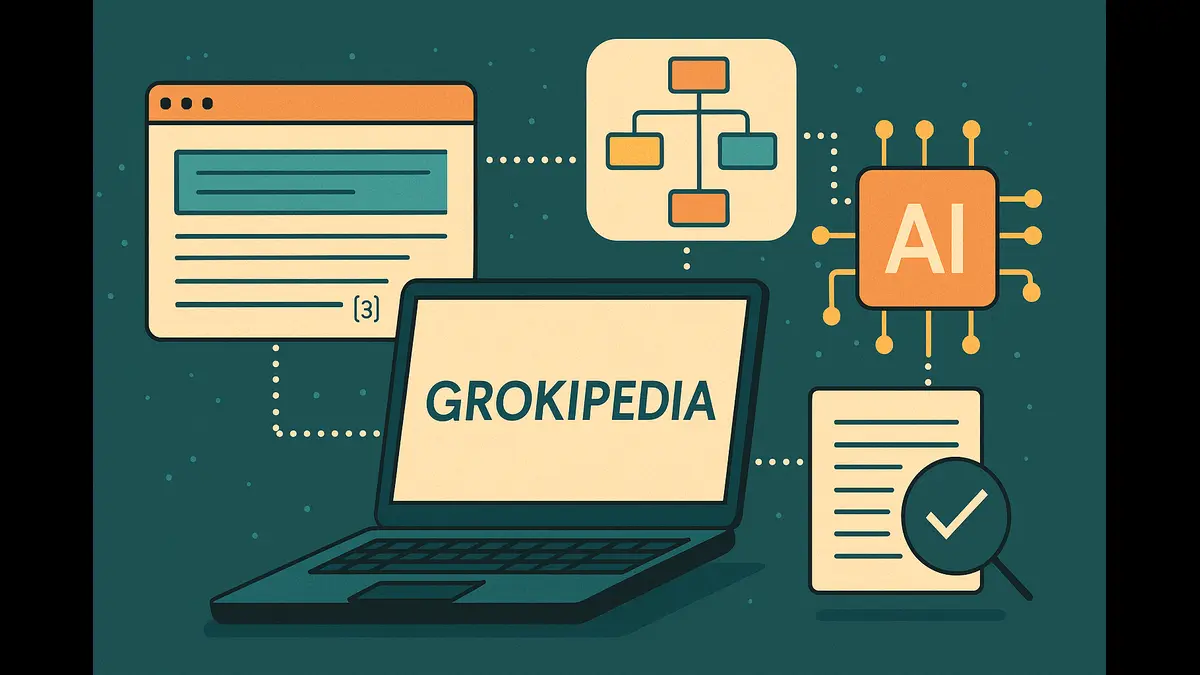
This in-depth analysis compares open-source models like Llama 4 to proprietary AI giants such as GPT-4o, Gemini 2.5 Pro, and Claude 3.7. It covers architecture, training, performance, scalability, privacy, ethics, and innovation—guiding developers, enterprises, and policymakers in navigating the evolving AI landscape.
As open-source AI models like Meta’s Llama 4 gain traction, they challenge proprietary giants such as OpenAI’s GPT-4o, Google’s Gemini 2.5 Pro, and Anthropic’s Claude 3.7 Sonnet. This analysis explores the technical details of both approaches—architectures, training, scalability, data privacy, security, ethics, and innovation—to evaluate their strengths, weaknesses, and use cases. With performance, accessibility, and responsibility in focus, can open-source AI rival closed-source leaders?
Open-Source AI: Technical Details
Architecture and Training
Llama 4, released on April 6, 2025, includes three variants: Scout, Maverick and Behemoth. Built on a decoder-only transformer architecture, Llama 4 uses speculative decoding for ~1.5x faster token generation and MoE for Maverick to optimize task-specific performance. Scout’s 10M-token context window, the largest publicly available, supports long-form tasks like document summarization or code analysis.
Llama 4 was trained on a diverse dataset of public domain text, open-source code, academic papers, and multilingual content, using reinforcement learning from human feedback (RLHF) to align outputs with ethical guidelines and reduce harmful responses. Training used large-scale GPU clusters across Meta’s data centers. Synthetic data generation and model distillation enable efficient models for edge devices or low-cost cloud instances. Maverick excels in multimodal tasks (e.g., 91.6% on DocVQA), while Scout runs on a single H100 GPU, broadening access.
Scalability and Deployment
Open-source models prioritize accessibility. Llama 4 integrates with AWS, Google Cloud, and Microsoft Azure via frameworks like Hugging Face Transformers. Scout suits individual developers, while Maverick targets enterprise applications like customer service chatbots or content generation. Optimizations by Cerebras and Groq enhance inference speed on specialized hardware, and Llama 4’s inference is 3-5x faster than Claude 3.7 Sonnet on AWS, reducing costs. Scout’s pricing is ~$0.18/M input tokens on AWS, compared to $1.25/M for GPT-4o.
Data Privacy and Security
Llama 4 supports on-premises deployment, ensuring data control for sectors like healthcare (e.g., patient data analysis) and finance (e.g., fraud detection). Public model weights risk tampering by malicious actors for phishing or misinformation. Meta counters this with Llama Guard 4 (released April 29, 2025) for text/image filtering and Prompt Guard 2 to block jailbreaks. Licensing restricts competitors with over 700M users from training on Llama, balancing openness with responsibility.
Ethical Issues and Community Contributions
Community oversight enhances transparency. Meta’s GitHub-based bias-reporting system allows developers to flag issues, driving iterative improvements. Projects like Hugging Face’s BLOOM, supporting 46 languages, showcase open-source’s ethical potential. Yet, misuse risks persist—Oxford University notes open-source tools are used for non-consensual deepfakes. Llama 4’s transparency aligns with the EU AI Act (2025), which mandates risk assessments, but stricter regulations are needed to address misuse.
Proprietary AI: Technical Details
Architecture and Training
Proprietary models lead in performance:
GPT-4o (OpenAI, May 2024): A multimodal transformer (text, images, audio). Parameter counts are undisclosed but likely in the hundreds of billions, based on performance. Trained on a vast dataset of web, licensed, and synthetic data with RLHF.
Gemini 2.5 Pro (Google, April 2025): A hybrid transformer/MoE model, with undisclosed parameters, trained on diverse web and proprietary data.
Claude 3.7 Sonnet (Anthropic, March 2025): A transformer focused on text and basic vision, with undisclosed parameters, trained with Constitutional AI for safety.
Training relies on hyperscale compute in custom data centers with optimized GPU/TPU clusters. Advanced alignment ensures safe, accurate outputs.
Scalability and Deployment
Proprietary models scale via cloud APIs:
GPT-4o: Azure-backed, $20/month for ChatGPT Plus.
Gemini 2.5 Pro: Google Cloud TPU-driven, $30/month for Gemini Advanced.
Claude 3.7 Sonnet: AWS-based, $20/month for Claude Pro.
They support enterprise workloads (e.g., millions of daily queries for virtual assistants) but lack on-premises options, limiting flexibility. Costs are higher than open-source—e.g., GPT-4o’s $1.25/M input tokens vs. Llama 4 Scout’s $0.18/M.
Data Privacy and Security
Closed weights reduce tampering risks, and GDPR/CCPA-compliant encryption protects data. However, cloud-based systems store user inputs unless opted out (e. g., OpenAI’s policy), raising privacy concerns. A 2024 Google data breach exposed Gemini training data, highlighting centralized risks. Advanced threat detection mitigates adversarial attacks, but opacity limits transparency.
Ethical Issues and Industry Contributions
Proprietary models face scrutiny for opaque data practices. Anthropic’s Constitutional AI prioritizes safety, while OpenAI and Google deploy content filters. A 2024 Gemini bias controversy sparked trust debates. Industry fuels innovation—Google’s investment in TPUv5 chips enhances Gemini 2.5 Pro, and OpenAI integrates DALL-E 3 into GPT-4o. Limited community input slows bias correction compared to open-source.
Comparing Open-Source and Proprietary AI
Performance and Efficiency
Proprietary models edge out in raw performance:
GPT-4o: ~88-90% MMLU, strong coding and multimodal performance.
Gemini 2.5 Pro: ~89% MMLU, competitive in coding and multimodal tasks.
Claude 3.7 Sonnet: 88.5% MMLU, 49.0% SWE-bench, strong coding.
Llama 4 Maverick: 87.3% MMLU, 77.6% MBPP, 91.6% DocVQA, 43.4% LiveCodeBench.
Llama 4 trails on MMLU but shines in coding (77.6% MBPP) and multimodal tasks (91.6% DocVQA). Scout’s 10M context window surpasses proprietary models (e.g., Gemini’s 1M, Claude’s 200K), and Llama 4’s 3-5x faster inference on AWS boosts efficiency for cost-sensitive users.
Model | MMLU | SWE-bench | DocVQA | Context Window | Cost/M Input Tokens |
|---|---|---|---|---|---|
GPT-4o | 88-90% | Unverified | Competitive | 128K | $1.25 |
Gemini 2.5 Pro | ~89% | Unverified | Competitive | 1M | $1.00 |
Claude 3.7 Sonnet | 88.5% | 49.0% | N/A | 200K | $0.75 |
Llama 4 Maverick | 87.3% | Unverified | 91.6% | 10M (Scout) | $0.18 (Scout) |
Scalability and Accessibility
Llama 4’s open-source nature enables deployment on personal GPUs or affordable cloud instances, ideal for startups and researchers. Proprietary models scale for high-traffic apps but require costly subscriptions, limiting access for budget-constrained teams. A small team can deploy Llama 4 Scout for free, while GPT-4o incurs ongoing API costs.
Data Privacy and Security
Llama 4’s on-premises deployment ensures privacy for sensitive sectors, but public weights increase tampering risks, mitigated by Llama Guard 4. Proprietary models secure weights but face cloud-based privacy concerns (e.g., data retention). The EU AI Act mandates data protection, aligning with open-source’s local deployment but challenging proprietary data practices.
Ethical and Regulatory Issues
Open-source benefits from community scrutiny, enabling faster bias correction. Proprietary models’ closed datasets raise trust issues—Gemini’s 2024 bias controversy highlighted opacity. The EU AI Act requires transparency, which Llama 4 meets via public code. Deepfake misuse affects both, with open-source tools more accessible to bad actors and proprietary filters limiting but not eliminating risks.
Community and Industry Innovation
Llama 4’s 1B+ downloads reflect community adoption, with projects like Mixtral 8x22B and xAI’s quantization tools advancing efficiency. Proprietary innovation, driven by billions (e.g., Google’s $25B in 2025), fuels multimodal AI and hardware. Open-source leads in grassroots progress, proprietary in resource-intensive breakthroughs. Competitors like Alibaba’s Qwen3 (235B) intensify open-source competition.
Glossary: Key AI Benchmark and Performance Terms
To understand the performance and capabilities of AI models like Llama 4, GPT-4o, Gemini 2.5 Pro, and Claude 3.7 Sonnet, it’s helpful to know the metrics and terms used to evaluate them. Below are explanations of key terms referenced in the comparison.
MMLU (Massive Multitask Language Understanding):
A benchmark that tests an AI model’s ability to answer questions across 57 subjects, including science, history, law, and medicine. It measures general knowledge and reasoning, with higher percentages (e.g., 88-90%) indicating stronger performance. For example, a model scoring 90% on MMLU excels in diverse, college-level tasks.
SWE-bench (Software Engineering Benchmark):
A test of an AI’s coding skills, focusing on solving real-world software engineering problems, such as debugging or implementing features in codebases. Scores (e.g., 49.0%) reflect the percentage of tasks correctly completed. High SWE-bench scores indicate proficiency in complex programming tasks.
DocVQA (Document Visual Question Answering):
A benchmark evaluating an AI’s ability to answer questions about images of documents, such as extracting information from charts, forms, or scanned texts. Scores (e.g., 91.6%) show accuracy in understanding visual and textual content, crucial for tasks like automated data processing.
Context Window:
The maximum amount of text (measured in tokens, roughly words or characters) an AI can process at once. A larger context window (e.g., 10M tokens for Llama 4 Scout) allows the model to handle longer documents or conversations, enabling tasks like summarizing books or analyzing extensive codebases.
Cost/M Input Tokens:
The price charged for processing 1 million input tokens when using an AI model, typically via cloud APIs. Lower costs (e.g., $0.18/M for Llama 4 Scout vs. $1.25/M for GPT-4o) make a model more affordable for applications like chatbots or large-scale data analysis, especially for budget-conscious users.
These metrics and terms help compare AI models’ strengths, costs, and suitability for tasks, guiding decisions on whether to choose open-source or proprietary solutions.
A Clear Picture
Open-source and proprietary AI offer distinct paths. Llama 4 excels in flexibility, affordability, and privacy, with Scout’s 10M context window and Maverick’s multimodal prowess (91.6% DocVQA) suiting startups, researchers, and on-premises analytics. Its 3-5x faster inference on AWS enhances cost-efficiency. Use cases include academic research, low-cost chatbots, and healthcare analytics.
Proprietary models like GPT-4o, Gemini 2.5 Pro, and Claude 3.7 Sonnet lead in performance (~88-90% MMLU) and scalability, leveraging vast resources for enterprise apps like global customer support or real-time image processing. High costs and cloud-based privacy risks limit accessibility. Both face regulatory pressures (e.g., EU AI Act) and ethical demands for transparency and bias mitigation.
Looking ahead, open-source could overtake proprietary adoption in cost-sensitive markets if security improves, with models like Qwen3 challenging Llama 4. Proprietary models will retain a performance edge via R&D investments. The choice depends on needs—open-source for control and affordability, proprietary for power and scale—balancing innovation with responsibility in AI’s future.
Discover more from Poniak Times
Subscribe to get the latest posts sent to your email.






